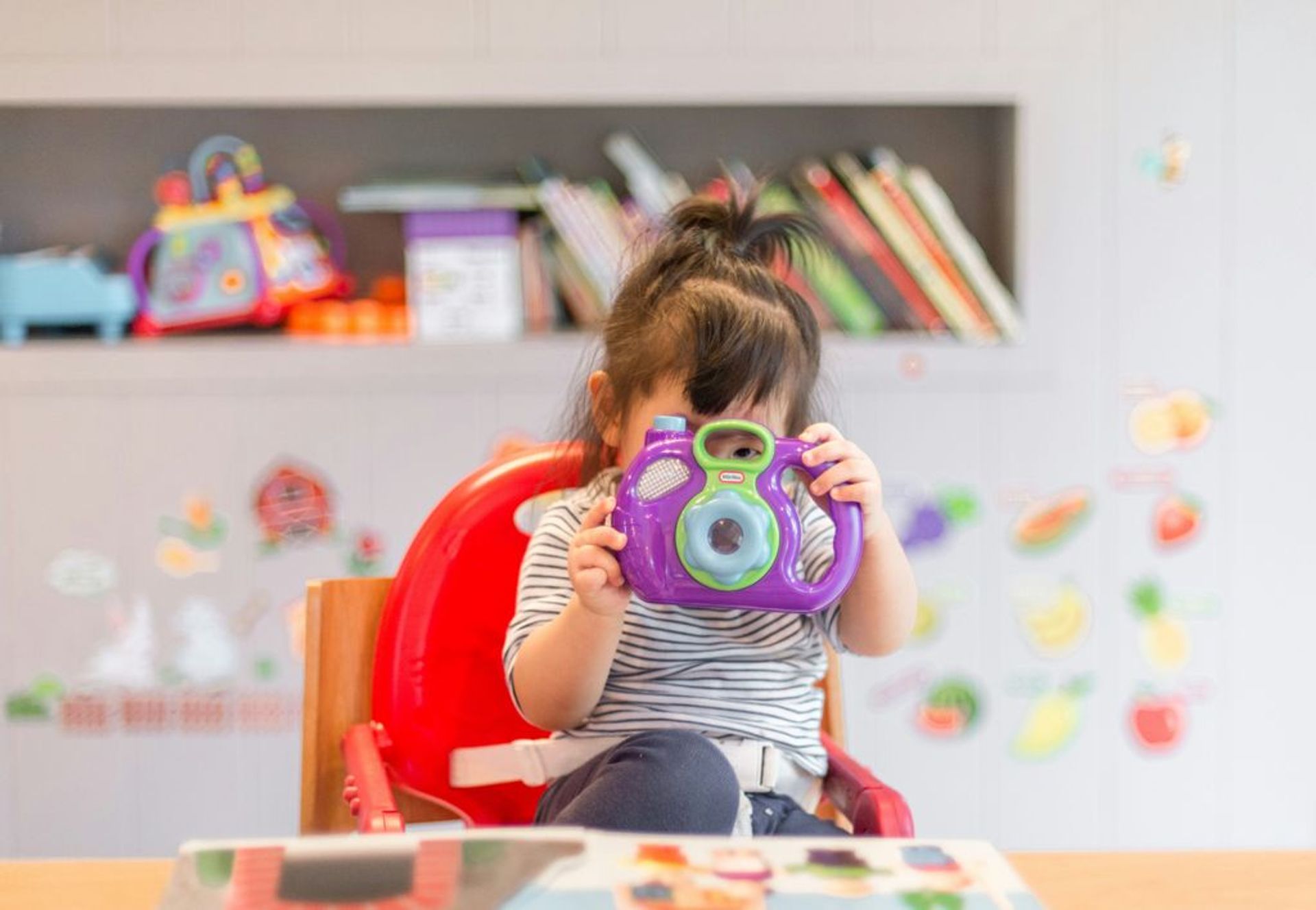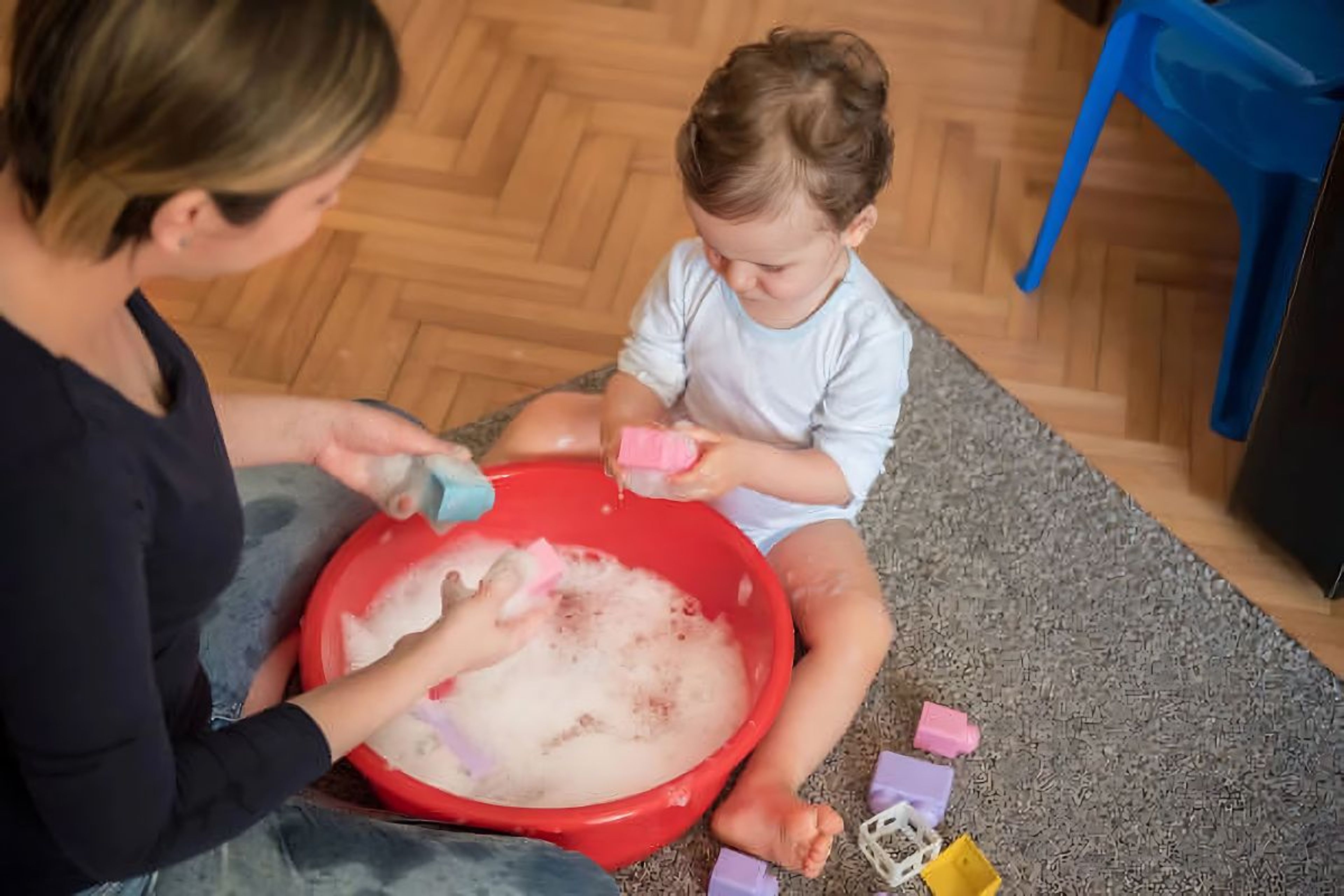5 Key Features to Look for in Safe Toys for Infants

Nothing is more important than the safety of your precious infant as they embark on their first explorative forays into the world. Choosing toys that cater to their developmental milestones without compromising safety can often be a daunting task for parents.
In this article, we delve into 5 criterias that make a toy both safe and conducive to learning, helping infants navigate this crucial phase with confidence.
Safety First: 5 Guidelines for Infant-Friendly Toys
1. Non-Toxic Materials
Ensuring the safety of toys starts with the materials they are made from.
Infants are prone to putting toys in their mouths, so it's crucial that these items are free from harmful chemicals and substances. Look for certifications that guarantee the toy's compliance with safety standards.
Toys for infants should be free of:
- Lead
- Phthalates
- BPA (Bisphenol A)
- Formaldehyde
- PVC (Polyvinyl Chloride)
When selecting toys, prioritize those made with natural materials like wood, organic textiles, or food-grade silicone. These materials are not only safer but often more environmentally friendly.
Remember, a toy's safety is not just about the immediate risks but also about the long-term health implications of exposure to toxic substances. Always check the labels and opt for toys that are specifically designed to be safe for infants.
2. Age-Appropriate Design
When selecting toys for infants, it's crucial to consider the developmental stage of the child.
Age-appropriate design ensures that the toy matches the infant's cognitive and motor skill levels, providing a safe and enriching play experience.
Toys should be designed to aid in the development of infants at specific ages. For example, a newborn might benefit from high-contrast black and white toys for visual stimulation, while a six-month-old might need toys that encourage sitting up or crawling.
It is important to choose toys that grow with the child, offering challenges that are neither too easy nor too difficult.
Here's a quick reference to match toys with the infant's age:
- 0-3 months: Soft toys with contrasting colors
- 3-6 months: Rattles, teething toys, and soft blocks
- 6-9 months: Push and pull toys, stacking rings
- 9-12 months: Activity walkers, simple shape sorter
3. No Small Parts
Ensuring that toys for infants have no small parts is crucial for safety. Small parts pose a significant choking hazard to young children, who are naturally inclined to explore the world by putting objects in their mouths.
Toys designed for infants should be large enough to prevent them from being swallowed or lodged in the throat.
Toys should pass the 'toilet paper roll test' — if a toy or any of its parts can fit through a toilet paper roll, it is too small for an infant.
Here's a quick checklist to help you assess the safety of a toy:
- Does not fit through a toilet paper roll
- No detachable small parts
- Sturdy construction to prevent breaking into small pieces
Always supervise infants during playtime to quickly intervene if a toy breaks or if they manage to find small objects to play with.
4. Smooth Edges
Ensuring that toys for infants have smooth edges is crucial for preventing injuries. Rough or sharp edges can lead to cuts and scrapes, which are especially dangerous for infants due to their delicate skin. When selecting toys, it's important to run your fingers along all the surfaces and edges to check for any potential hazards.
- Look for toys that are well-finished with rounded corners.
- Avoid toys with points or jagged edges.
- Examine each toy for peeling materials or chipping paint that could create sharp edges over time.
Remember, infants explore with their hands and mouths, so the tactile experience must be safe and pleasant. Regular inspection of toys for wear and tear is essential to maintain their smooth edges and overall safety.
5. Easy to Clean
Ensuring that infant toys are easy to clean is crucial for maintaining hygiene and the health of your child. Toys that can be easily wiped down or washed prevent the buildup of bacteria and germs that can occur with frequent use.
- Look for toys that are dishwasher safe or can be cleaned with mild soap and water.
- Avoid toys with fabric that cannot be removed and washed.
- Choose toys with surfaces that are less likely to harbor dirt and are easy to wipe.
Remember, the simpler the cleaning process, the more likely the toy will be kept clean and safe for regular use.
Toys with intricate designs and hard-to-reach crevices can be challenging to clean thoroughly. It's best to opt for toys with a design that allows for complete cleaning, ensuring that no harmful residues remain.
Frequently Asked Questions
Are all plastic toys safe for infants?
Not all plastic toys are safe for infants. It's important to look for toys made from non-toxic materials and that are free from harmful chemicals.
What age-appropriate features should I look for in infant toys?
For infants, look for toys with simple designs, bright colors, and soft textures. Avoid toys with small parts that can be a choking hazard.
Why should infant toys have no small parts?
Toys with small parts pose a choking hazard for infants. It's crucial to choose toys that are free from small detachable pieces.
How important are smooth edges in infant toys?
Smooth edges are essential in infant toys to prevent any accidental injuries. Toys with sharp or rough edges should be avoided.
What is the best way to clean infant toys?
Infant toys should be easy to clean to maintain a hygienic environment. Look for toys that can be easily washed and sanitized.
Can I use household cleaning products to clean infant toys?
It's best to avoid using harsh household cleaning products on infant toys. Opt for gentle, baby-safe cleaning solutions.
Conclusion
In conclusion, ensuring the safety of toys for infants is of utmost importance. By prioritizing features such as non-toxic materials, durability, age-appropriate design, sensory stimulation, and ease of cleaning, parents can provide a secure and enriching play environment for their little ones.
Remember, safety first when it comes to your infant's exploration and development.




